There is a distinct nip in the air as I slide quietly from the riverbank into the water. November may be the start of Botswana’s summer, but in the early morning a fleece is still an essential item of clothing. The hippo have finished their nightly wanderings, returning along the ‘hippo highway’ to their watery abodes. The birds have just woken up, stretching and warming their wings in the sunlight. Their squawks and occasional warning calls mingle with the rustling of the grasses and reeds and the gentle slap of the water against the sides of my canoe.
The Gomoti River is at the very edge of Botswana’s Okavango Delta. Heavy rains in the Angolan Highlands take six months to filter down here, but when they do, they cause the river to flood and fill a criss-cross of seasonal waterways. These channels remain wet throughout even the driest of months, supporting lush yellow-green grasses and the wealth of wildlife feasting upon them. Solid ground turns to boggy marshes, hillocks become islands, and deciduous forest gives way to lagoon. A pool might only be knee-deep, or it could submerge an entire pod of hippo. You’ll never know if you just stay standing on the shore.
The people of the delta are just as at ease on the water as on the land. Like the guide on a Cambridge punt tour, my poler makes propelling our canoe appear effortless. He stands and poles from the back, keeps it balanced, and talks at a scarcely audible level so as not to disturb the peace. The canoe is a mokoro, a long, slim canoe traditionally carved from the thick trunk of a sausage tree. But this one is a fibreglass model: Botswana’s government promotes environmental sustainability, and expects the tourism sector to do its bit.
I’m floating along almost level with the water lilies, which are brilliant white or lilac but with a bright yellow centre. From so low in the water, my perspective is completely different to when walking or driving: the grasses loom above my head, and the cloud-streaked sky seems endless.
The mokoro moves at little more than a walking pace. I’m transfixed by the water boatmen, their four legs shooting back and forth like oars, and by the brrrrr-ing of an insect I can’t even see. No doubt it will make a tasty morsel for an African skimmer or one of the numerous other waterbirds.
There’s a temptation to drag my finger along the surface of the water to make ripples, but I know that somewhere below hungry crocodile lurk. I’ve already seen them lolling about on the bank, half in, half out of the shade. The open billed stork and African darter, goliath heron and cattle egret are seemingly oblivious to my presence until the canoe is almost on top of them; then they’re flustered and flap away. The pied kingfisher hovering above displays only mild irritation: the wake of the mokoro has disturbed his view of the fish.
This is ‘slow travel’ at its finest. We’re on the water for one hour, two hours — maybe three. I’m not entirely sure, as there’s nothing but the steady rising of the sun to go by. The day is warming up, and I’m glad to roll up my sleeves.
The hippo have already sunk into deeper waters, a fact I note with relief: we haven’t even seen the tell-tale sign of ears poking up ahead. They are exceptionally territorial creatures, and become aggressive if you move too close. The hippo’s yawn is no such thing: he’s actually baring his sizeable teeth.
But now other animals start to come down to the water, to drink and to cool off. A herd of 30 or so buffalo moves towards us through the grass. One watches the mokoro intently, while his brothers keep on chewing.
Impala and red lechwe are normally skittish. Giraffe will turn tail into the bush at the sound of an engine drawing near. But they’re all unperturbed at the sight of the mokoro drifting by, if they’ve even noticed it at all.
On the water, I’m below the eye line of the elephant, though I can spy them from far away. They walk trunk to tail in single file, inelegant but undoubtedly majestic. Mothers and calves make up most of the herd, but a huge bull with curved tusks brings up the rear. I can hear them rumbling and grumbling to one another. It sounds like distant thunder.
The first elephant to reach the water dips in her trunk and raises it to her lips to drink; she is barely 20 metres away. We paddle backwards as slowly and quietly as we’d come, giving the elephants space in case they try to cross the channel. Only the extra ripples in the water betray how close we’d been.
Got something to add? Join the discussion and comment below.
Get 10 issues for just $10
Subscribe to The Spectator Australia today for the next 10 magazine issues, plus full online access, for just $10.
You might disagree with half of it, but you’ll enjoy reading all of it. Try your first month for free, then just $2 a week for the remainder of your first year.

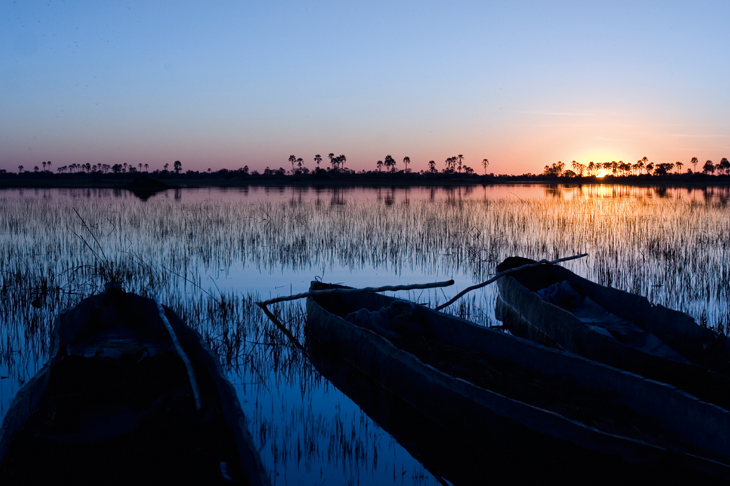
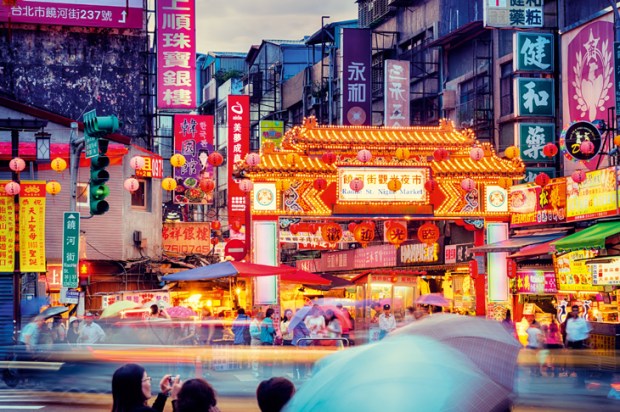
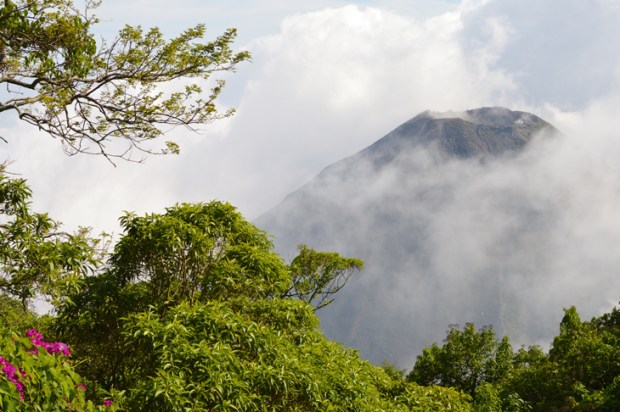
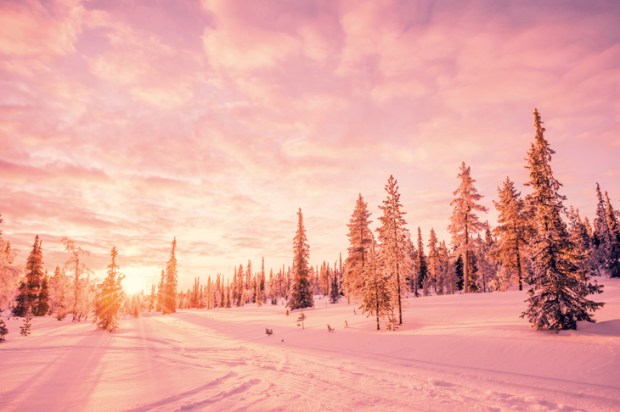
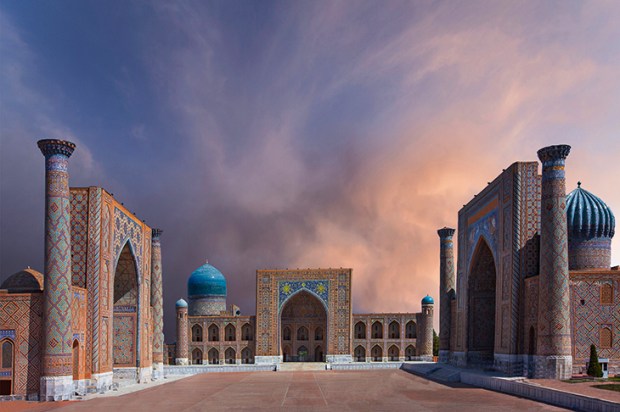
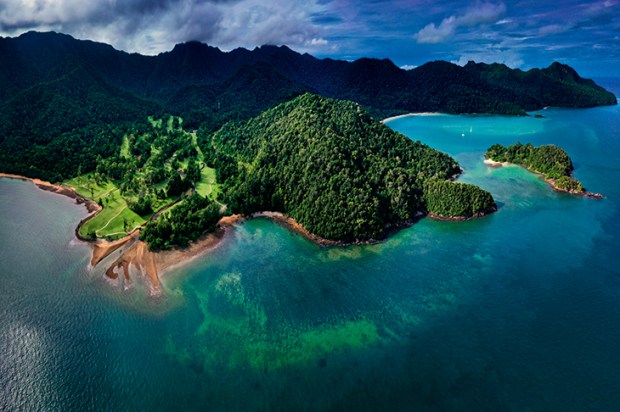
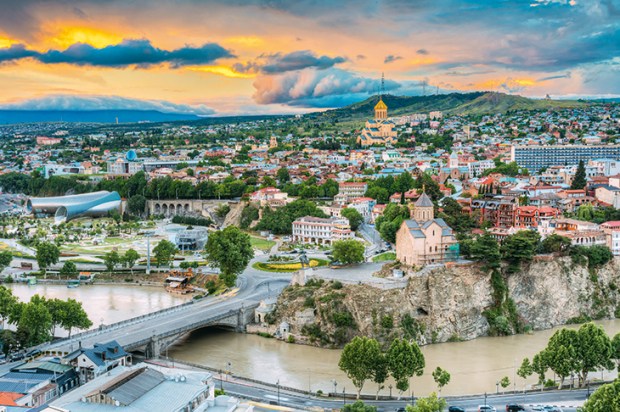






Comments
Don't miss out
Join the conversation with other Spectator Australia readers. Subscribe to leave a comment.
SUBSCRIBEAlready a subscriber? Log in